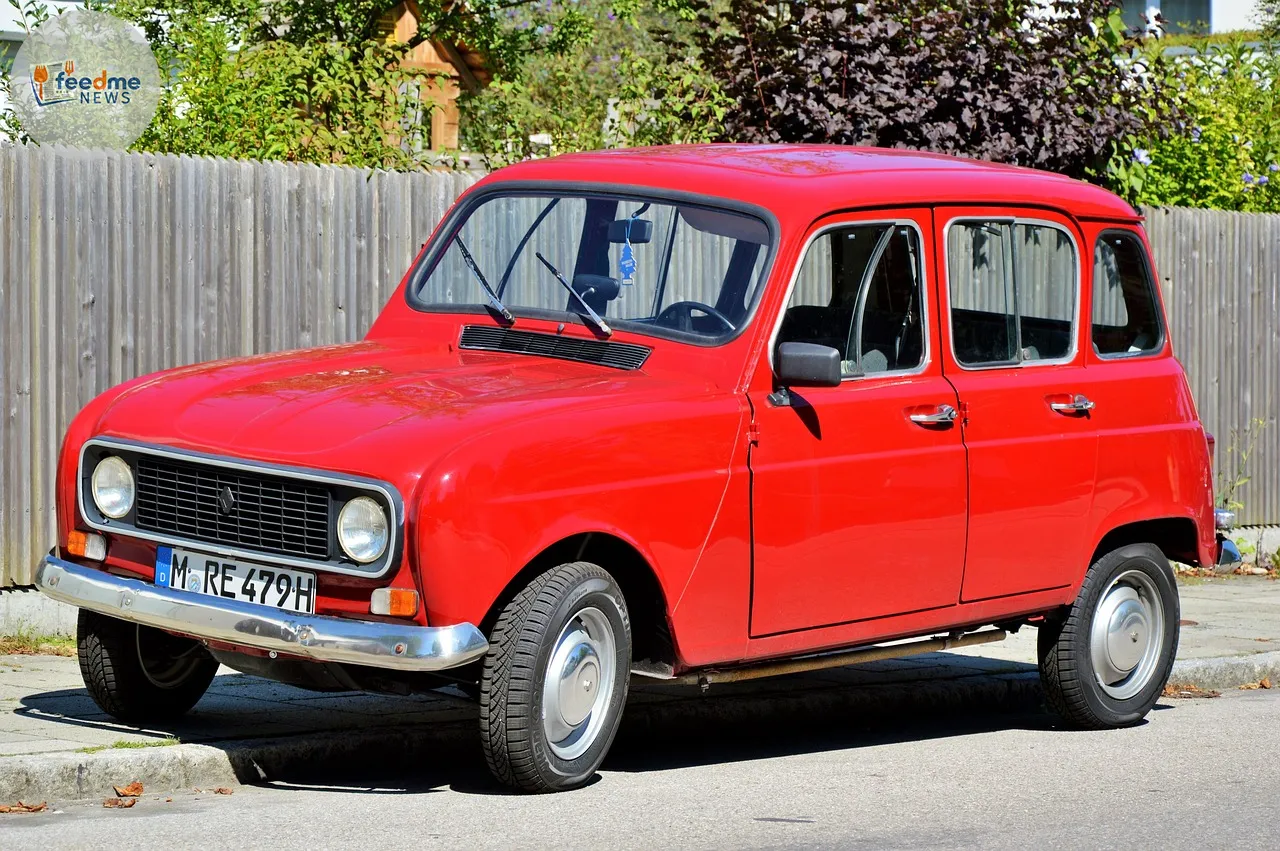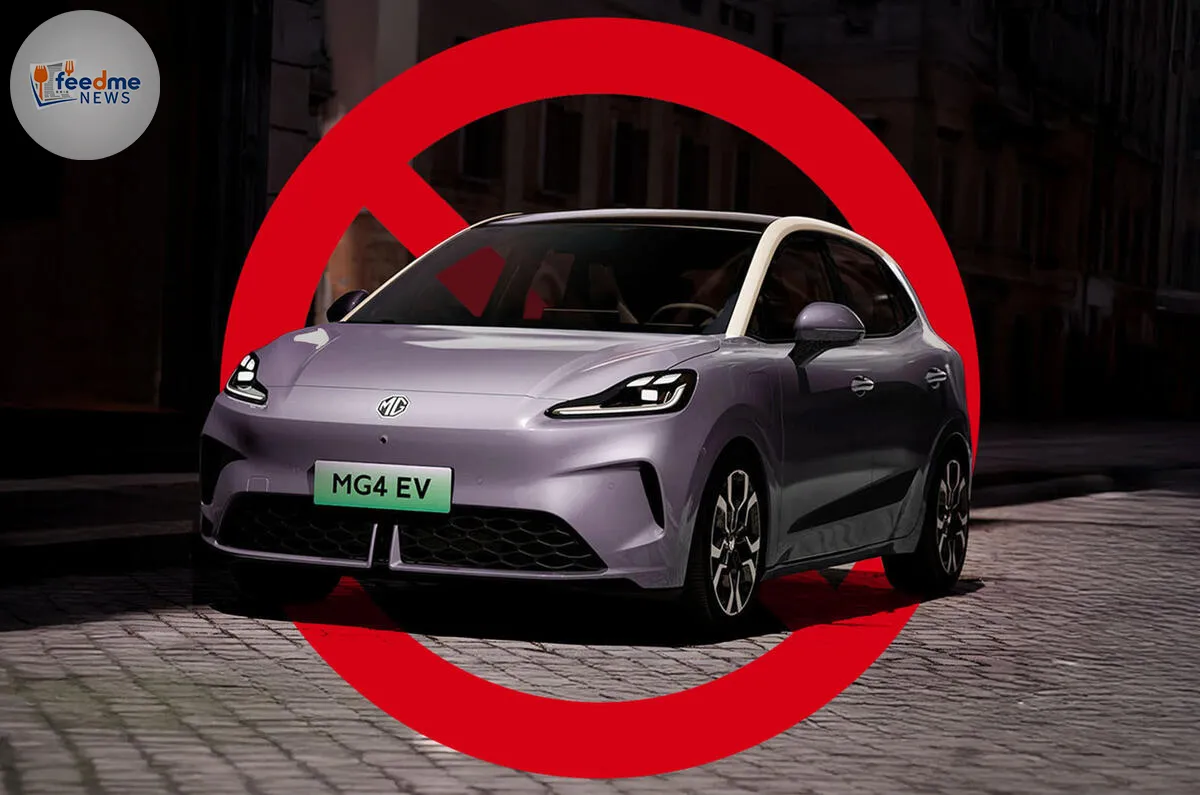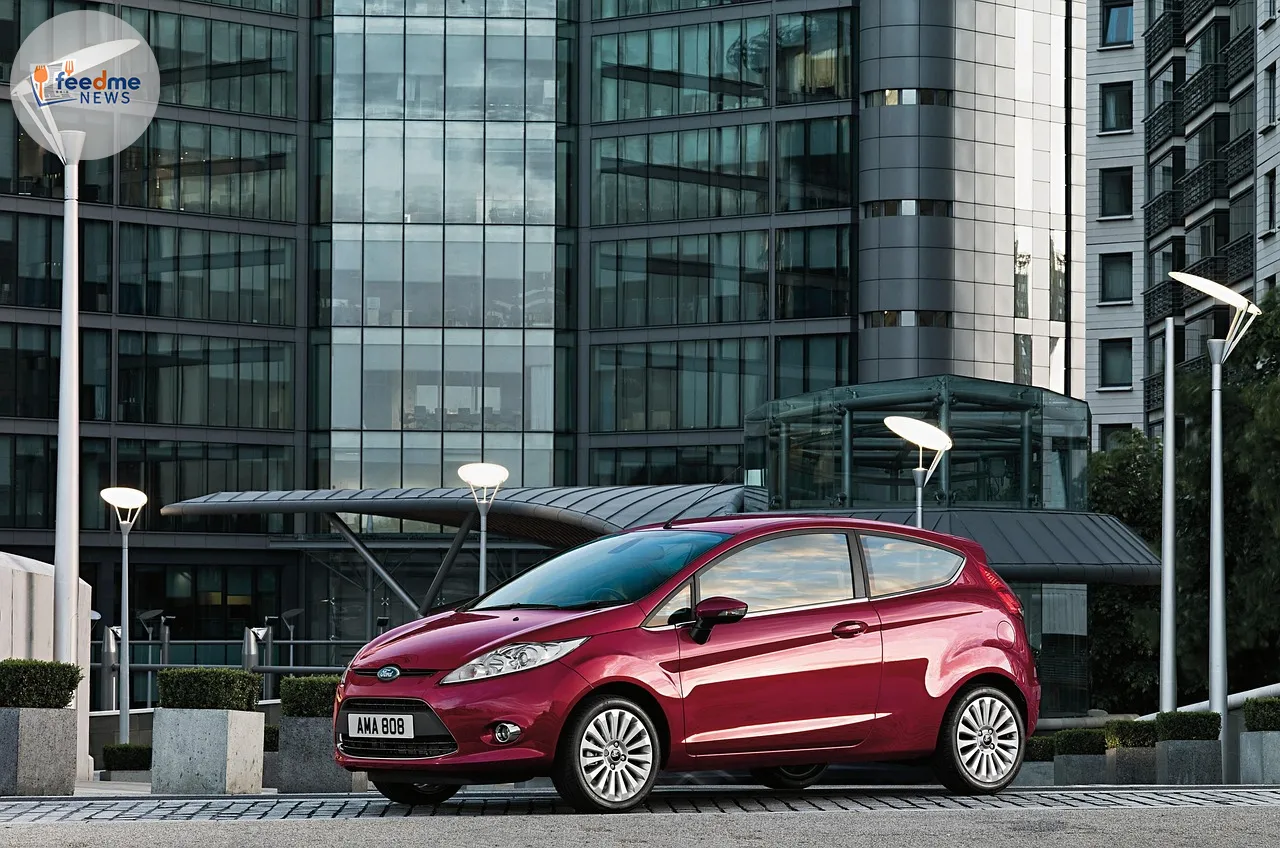Renault has unveiled the revival of its iconic R4 model as a modern, all-electric crossover, marking a bold move in the automotive industry. The original Renault 4, a staple in practicality and affordability, sold over eight million units between 1961 and 1994. Now, after a 30-year hiatus, the R4 returns with a contemporary twist, aiming to capture the essence of its predecessor while embracing the future of electric mobility. This strategic move follows the successful revival of the Renault 5, establishing Renault as a leader in the electric vehicle market.
A Timeless Classic Reimagined
The new Renault R4 was launched in July 2025, making its debut in Boulogne-Billancourt, France, Renault’s headquarters. This location is significant as it underscores the company’s deep-rooted history and commitment to innovation. The event drew attention from automotive enthusiasts and industry experts alike, eager to see how Renault would balance nostalgia with modern technology.
The original R4 was known for its practicality, with features like a spacious interior, a large boot, and a unique suspension design that provided a comfortable ride on uneven roads. The new R4 retains this focus on utility, offering a roomy cabin and a design that maximises interior space. However, it also incorporates advanced electric vehicle technology, positioning it as a practical yet forward-thinking choice for consumers.

Old Renault 4
Advanced Design and Technology
The reinvented R4 shares its platform with the new Renault 5, which has already been praised for its character and cost-effectiveness. While the two models share similarities, the R4 distinguishes itself with a design that prioritises practicality over fun. The new model features a modern electric drivetrain, providing an eco-friendly alternative to traditional combustion engines.
Renault’s design team has worked to ensure that the R4’s exterior and interior reflect its heritage while embracing modern aesthetics. The vehicle’s streamlined design and innovative features make it a standout in the crowded electric crossover market. Experts note that Renault’s decision to revive the R4 shows confidence in its ability to leverage its history while pushing the boundaries of electric vehicle design.
Market Position and Pricing
At a starting price of £27,000, the new R4 is positioned as an affordable option in the electric crossover segment. While it may not match the rock-bottom pricing of its predecessor, it offers significant value for money given its advanced technology and design. Industry analysts suggest that the R4’s pricing strategy reflects Renault’s aim to appeal to a broad audience, including those who may be new to electric vehicles.
Renault’s decision to revive the R4 alongside the R5 demonstrates a strategic approach to expand its electric vehicle lineup. By offering models that cater to different consumer needs—practicality with the R4 and fun with the R5—Renault is well-positioned to capture a diverse market share. The R4’s pricing and features make it a competitive option for those seeking an environmentally friendly vehicle without sacrificing practicality.
Expert Insights and Consumer Expectations
Industry experts have praised Renault’s bold move to bring back the R4, highlighting the brand’s ability to innovate while respecting its legacy. Automotive analyst Jean Dupont commented, “Renault’s revival of the R4 is a testament to the company’s commitment to sustainability and innovation. By blending the best of the past with cutting-edge technology, Renault is setting a new standard in the electric vehicle market.”
Consumers, too, have expressed excitement about the R4’s return. Many see it as an opportunity to own a piece of automotive history reimagined for the modern era. The R4’s practicality and eco-friendly design are expected to resonate with environmentally conscious buyers who value utility and style.
Future Prospects and Impact
As the automotive industry continues to shift towards electrification, Renault’s revival of the R4 positions the company as a leader in this transition. The R4’s launch is likely to influence other manufacturers to consider reviving classic models with modern technology, potentially reshaping the landscape of the electric vehicle market.
The R4’s return also underscores the importance of heritage in automotive design. By drawing on its rich history, Renault has created a vehicle that appeals to both nostalgic consumers and those seeking the latest in electric vehicle technology. This balance of old and new is expected to drive sales and strengthen Renault’s position as an innovator in the industry.
In conclusion, the Renault R4’s return marks a significant moment in the automotive world. By combining the practicality and charm of its predecessor with modern electric technology, Renault has created a vehicle that appeals to a wide range of consumers. As the R4 hits the market, it will be interesting to see how it impacts the electric vehicle landscape and whether other manufacturers follow Renault’s lead in reviving classic models for the modern age.





